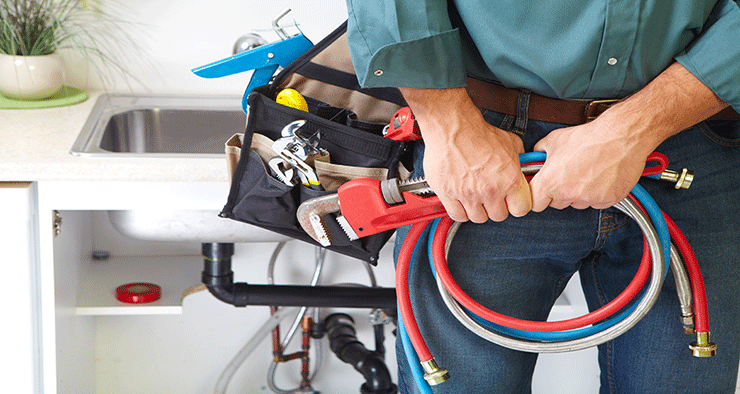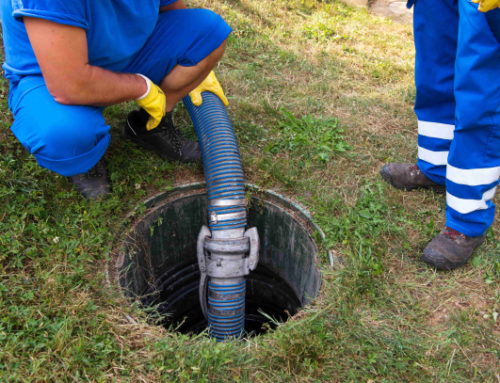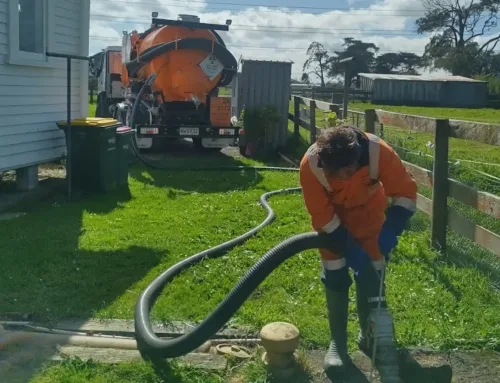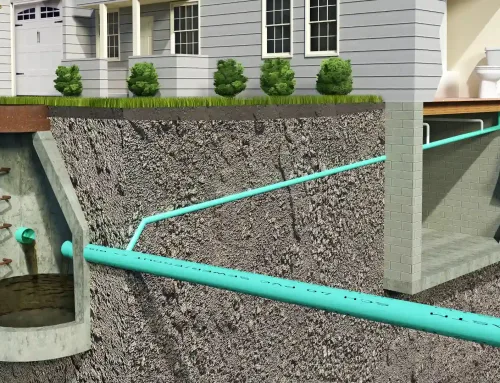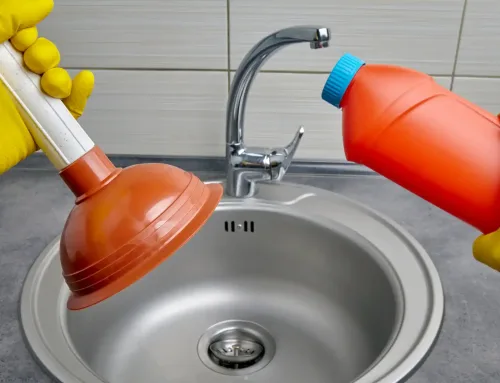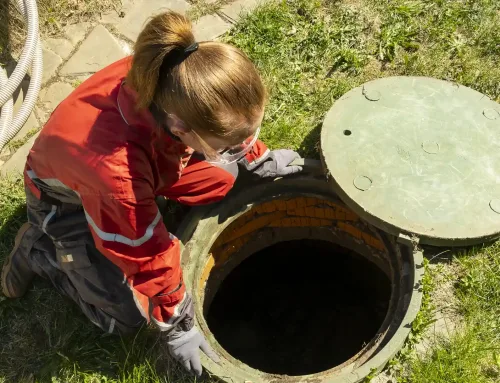The Best Greasetrap for your Business?
What Is The Best Grease Trap For Your Business?
So you’re thinking about installing a grease trap? Perhaps you already have one but it’s not keeping up with the hefty demands of your kitchen.
How do you decide what is the best grease trap for your business?
The most obvious factor to consider is size. After all, the bigger the trap, the more FOG (fat, oil and grease) it can handle, and the longer between services, right?
Yes, and no. While size is a major factor, there are also some other important elements to think about.
With that in mind, here’s some thoughts to consider before you decide what is the best grease trap for your business.
Got A Big Kitchen? Get A Big Trap!
It’s pretty simple really. If you’ve got a huge kitchen, serving a large quantity of people, what use is a tiny grease trap?
Grease takes time to separate from water, and the bigger your tank, the better chance it has to do this. In most cases, this only takes a few seconds, but when detergents or chemicals are added, the process can take much longer.
As a result, your grease trap has to be large enough for any type of grease to separate.
You can work out the best trap size for your business by – the amount of FOG disposed, the number of meals prepared, the size your kitchen, and the space available.
Passive vs. Mechanical
Aside from considering the size of your trap, you should also think about what type to install.
In general, there are two main types of grease traps, each with its own installation, and maintenance requirements.
“The Passive Grease Trap”
Passive grease traps are the conventional option – they’re normally found outside in the ground, covered by metal plates.
These grease traps work by cooling down wastewater, causing FOG to float to the surface, while other solid materials sink to the bottom.
The only downside is the amount of cleaning that needs to be done. Once a month is usually enough, but it will depend on your business, and how much FOG is going into the grease trap.
“Mechanical Grease Separators”
Mechanical grease separators are installed inside your kitchen. They work by skimming liquid fat from the surface of wastewater.
A heater inside the separator forms FOG balls which are collected by a skimming wheel. The FOG is then drained into a container to the side of the unit.
The advantage of these grease traps is they’re smaller and can be installed under your benchtops.
The automatic process may also help you save money. However, their size is limited, and they’ll fill up with grease much quicker than a bigger trap.
The Enzyme Grease Converter
Lastly, an alternative grease trap option is an enzyme grease converter.
These are also installed inside, and require regular dosing with enzyme powder – which helps remove grease from the trap.
It’s not advisable to connect waste disposers and dishwashers to these units, as they back up quickly due to their small size.
Enzymes are a good method of removing grease, but the problem comes further downstream, where “treated” grease reforms.
A workplace using dosing will also need to keep buying more enzymes every month before grease builds up.
So What Is The Best Grease Trap For My Business?
Overall, your best option for performance is a passive outdoor grease trap, appropriately sized for your kitchen.
Although they come with a regular servicing cost, they’re the largest and most reliable grease traps you can install.
The other traps mentioned still have their benefits, and are viable solutions if your business requires them.
A consistent cleaning routine can make any option appropriate, as long as you’re smart about the amount of FOG going in, and how much it can handle.
Happy grease trapping!
